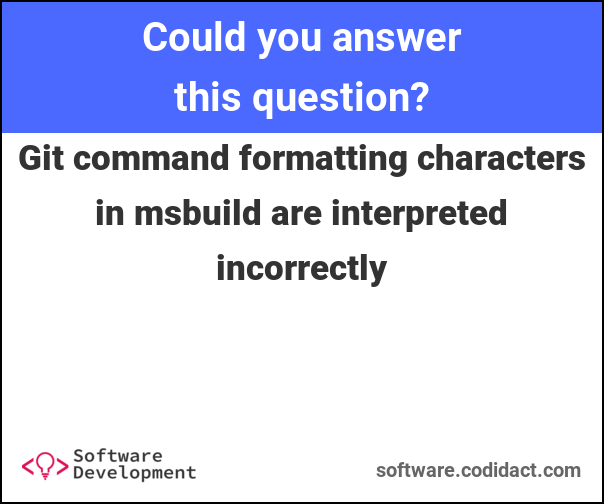How do I write for webcomics?
I want to start a webcomic. For this, I expect I'll be doing a lot of writing. I once had someone draw a webcomic based on my writing and it was a nonsensical mess. The art was good, but nobody knew what was going on at any given moment, even with narration boxes.
My question is: How do I write for webcomics?
I plan on making this series a 10 year run at least.
This post was sourced from https://writers.stackexchange.com/q/9470. It is licensed under CC BY-SA 3.0.
2 answers
Joe Sacco, an excellent comic artist (printed, not web), does sometimes do “illustrated narrative” comics, where there’s quite a bit of writing in narrative form, not dialogue, but the illustration still dominates (so it’s still a comic, not an illustrated novel).
You have to get to the fourth page of Gunnerkrigg Court before you see any dialogue. Before then, it’s all first-person narration.
Khaos Komix has quite a lot of first-person narration, nicely mixed with dialogue. Tab’s latest venture, Shades of A, has a similar structure, but it’s laid out visually differently, as printed text between panels (page 6 is a particularly nice example). I’ve not seen that style used elsewhere.
Girl Genius opens with a storyteller character, who narrates the next page, but after that we never hear from him again. (Actually, he does turn up as a character in the story, many months later, but there isn’t any more narration.)
So, there is more than one way to write a comic. A comic with no dialogue would certainly be unusual, and I can’t think of an example, but it would be one way to go about it.
0 comment threads
A comic -- web or paper, cartoon strip or sophisticated graphic novel -- is a different medium from conventional written stories. The biggest difference is that it's hard to do exposition; those long explanatory passages that you could slip into a novel don't fit into a few panels. It's also hard to convey nuances like meaningful gazes. So think about the tools you have available in a comic:
- dialogue
- coarse (not subtle) gestures and body language
- short narrative bits
What I'm calling "short narrative bits" are the inserts you sometimes see, the "meanwhile, back at the ranch..." context switches. While some comics have longer passages (taking up entire panels) to connect story bits (e.g. Prince Valiant), it's not common. If you're just getting started, you probably want to stick with the common approaches; don't make your audience read through a wall of text.
Comics have way more dialogue than most other storytelling media. Look at a random sampling of comics and you'll see a lot of voice bubbles (and occasional thought bubbles). While some comics do convey story well through well-done, nuanced art (e.g. Sandman), it's the exception. Since you don't have a top-notch artist to work with, you should probably be thinking in terms of less-ambitious drawing, perhaps even stick figures.
Simpler art is even more of a consideration for web comics. The publishers of comic books know they're printing at 600dpi (or whatever) on a certain page size. Computer displays don't have anywhere near that resolution and people might be reading your comic on anything from a regular monitor to a tablet to a phone. If your comic relies on subtleties in the art, some of your readers are going to miss it.
You said you expect to be doing "a lot of writing" for this project. I suggest -- from the perspective of a reader, not writer, of comics -- that you not think in terms of "a lot" of writing, but rather think about how to boil down your story into comic-installment-sized chunks of mostly dialogue and simple action. Further, if you're planning a long-running project, your style will almost certainly change over time, so as you improve your skills you can take on more challenges. You don't need to start on day one with the most-ambitious goals.





















0 comment threads